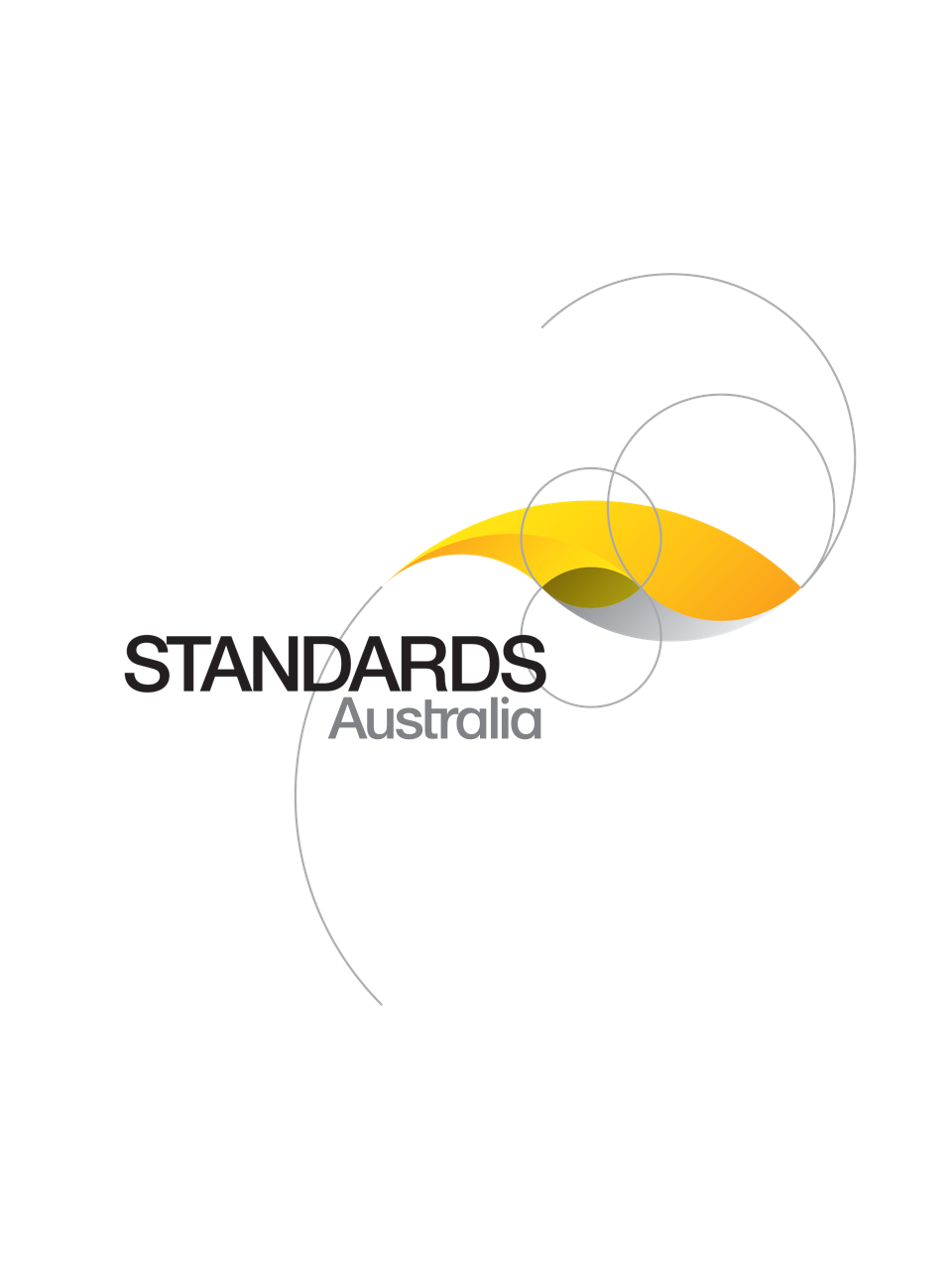Standard
Track updates
AS/NZS ISO 19103:2025
[Current]Geographic information - Conceptual schema language
AS/NZS ISO 19103:2025 identically adopts ISO 19103:2024, which specifies provisions for the use of a conceptual schema language within the context of modelling geographic information
Published: 31/01/2025
Pages: 91
Table of contents
Cited references
Content history
Table of contents
Header
About this publication
Preface
Foreword
Introduction
1 Scope
2 Normative references
3 Terms and definitions
4 Symbols and abbreviated terms
5 Conformance
5.1 Conformance overview
5.2 Conceptual schemas modelled in UML
6 Overview
7 Use of UML
7.1 General use of UML
7.2 Classifiers
7.2.1 General
7.2.2 Classes
7.2.3 Data types
7.2.4 Enumerations
7.2.5 Interfaces
7.3 Features
7.3.1 General
7.3.2 Properties
7.3.2.1 General
7.3.2.2 Type of a property
7.3.2.3 Multiplicity of a property
7.3.2.4 Identifier properties
7.3.2.5 Categorization of properties
7.3.3 Operations
7.4 Relationships
7.4.1 General
7.4.2 Associations
7.4.2.1 General
7.4.2.2 Association names
7.4.2.3 Navigable association ends
7.4.2.4 Use of associations
7.4.2.5 N-ary associations and association classes
7.4.3 Generalizations
7.4.4 Realizations
7.4.5 Template bindings
7.5 Packages
7.6 Comments
7.7 Constraints
7.8 UML profile
7.9 Naming provisions
7.10 Diagrams
7.10.1 General
7.10.2 Package diagrams
7.10.3 Class diagrams
7.11 Reusable types
7.11.1 General
7.11.2 Core data types
7.11.3 Common types
8 Core data types
8.1 General
8.1.1 Relation with ISO/IEC 11404
8.1.2 Modelling choice for the core data types
8.2 Contents of the Core Data Types abstract schema
8.2.1 AnnualDate
8.2.2 AnnualMonth
8.2.3 Binary
8.2.4 Bit
8.2.5 Boolean
8.2.6 Character
8.2.7 CharacterString
8.2.8 Date
8.2.9 DateTime
8.2.10 Decimal
8.2.11 Digit
8.2.12 Integer
8.2.13 IRI
8.2.14 Measure
8.2.15 Number
8.2.16 PositionInTime
8.2.17 Rational
8.2.18 Real
8.2.19 RecurringPositionInTime
8.2.20 Sign
8.2.21 Time
8.2.22 URI
8.2.23 UUID
8.2.24 Vector
8.2.25 Year
8.2.26 YearMonth
Annex A
A.1 Overview of conformance classes
A.2 Conceptual schemas modelled in UML
A.2.1 Abstract test case 1
A.2.2 Abstract test case 2
A.2.3 Abstract test case 3
A.2.4 Abstract test case 4
A.2.5 Abstract test case 5
A.2.6 Abstract test case 6
A.2.7 Abstract test case 7
A.2.8 Abstract test case 8
A.2.9 Abstract test case 9
A.2.10 Abstract test case 10
A.2.11 Abstract test case 11
A.2.12 Abstract test case 12
Annex B
Annex C
Annex D
D.1 Notation for UML elements used for modelling conceptual schemas
D.1.1 Notation for classifiers
D.1.2 Notation for properties
D.1.3 Notation for relationships
D.1.4 Notation for comments
D.1.5 Notation for constraints
D.2 Notation for UML elements used for modelling profiles
D.3 Difference between UML keywords and stereotypes
Annex E
Annex F
Annex G
Annex H
H.1 General
H.2 Principles
H.2.1 Coding objectives
H.2.1.1 Identification
H.2.1.2 Referencing
H.2.1.3 Classification
H.2.2 Coding schemes
H.2.2.1 Kinds of coding schemes
H.2.2.2 Characteristics of coding schemes
H.2.2.3 Design of coding schemes
H.2.3 Governance and maintenance of coding systems
H.2.4 Special code values and exhaustiveness of coded sets
H.2.4.1 Special code values
H.2.4.2 Exhaustive coded sets
H.2.4.3 Non-exhaustive coded sets
H.3 Coding system interchange
H.4 Coding systems and conceptual schemas
H.4.1 Conceptual schemas for modelling coding systems
H.4.2 Conceptual schemas using coding systems
H.4.2.1 Conceptual schemas using code sets
H.4.2.2 Conceptual schemas referencing coded sets
Bibliography
Cited references in this standard
One-time Purchase
Access via web browser on any device
One-time purchase
Single publication
Offline access via PDF^
$275.61 AUD
Inclusive of GSTFormat *
Web Reader
Licenses *
1 License (for yourself - not shareable)
Total$275.61 AUD
IMPORTANT
